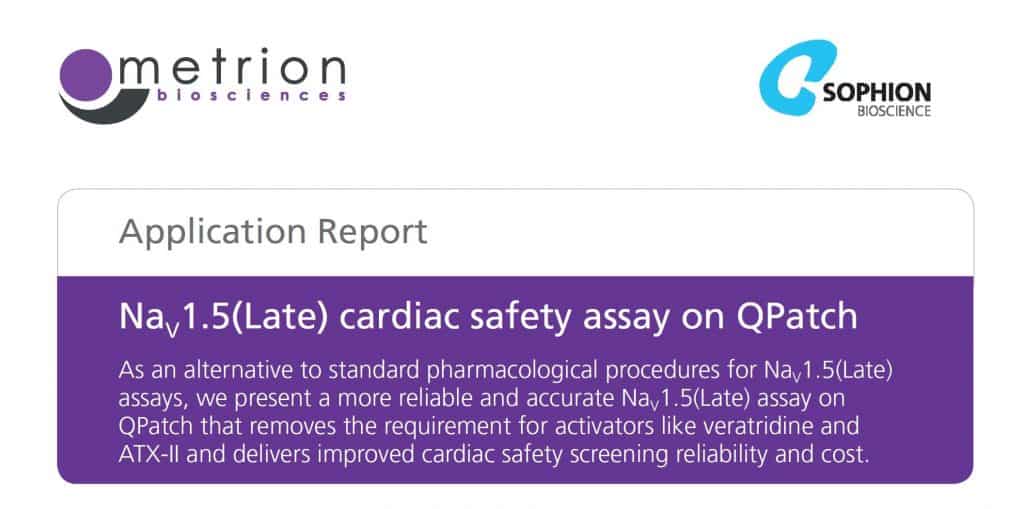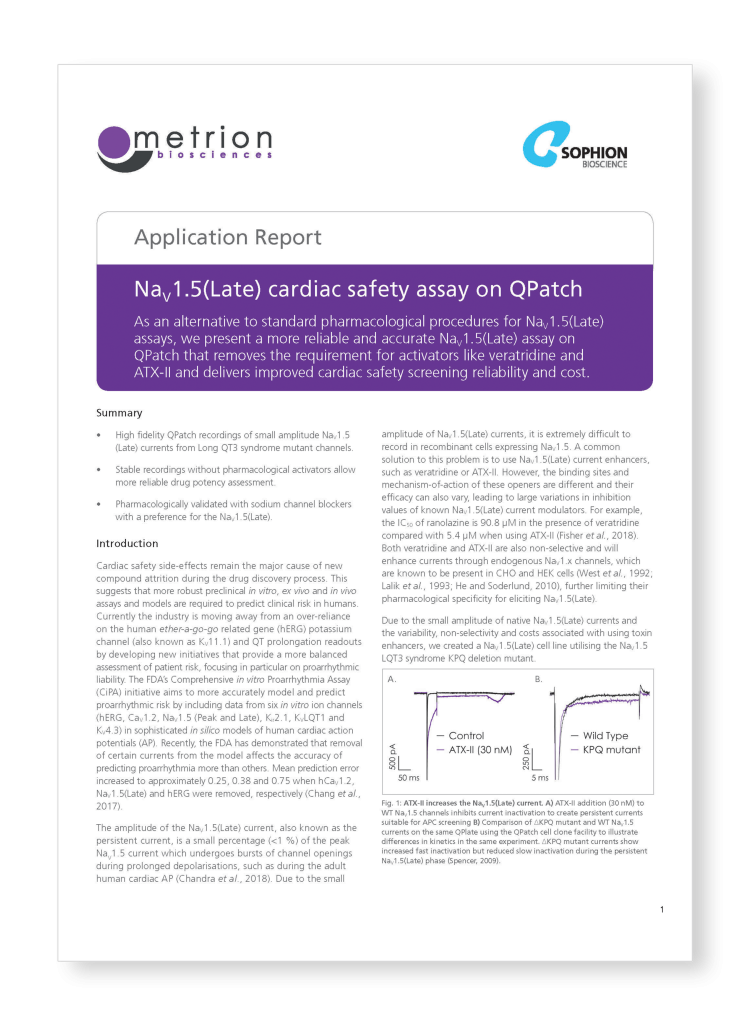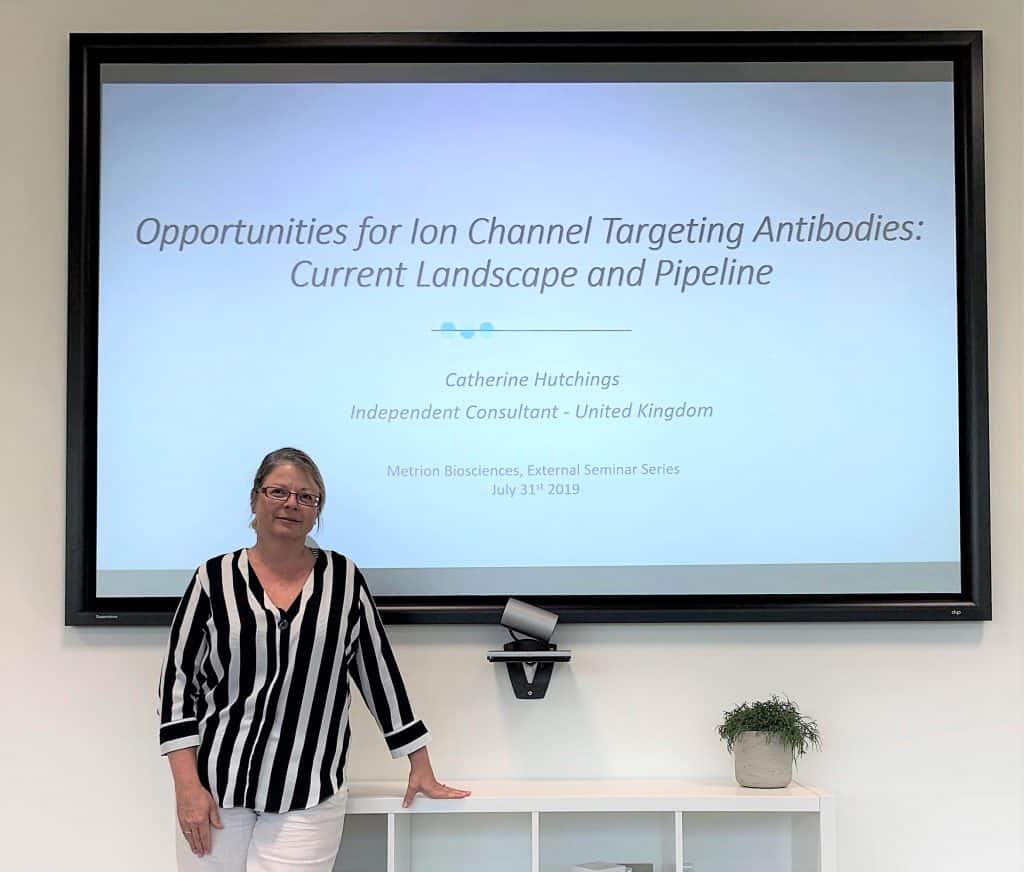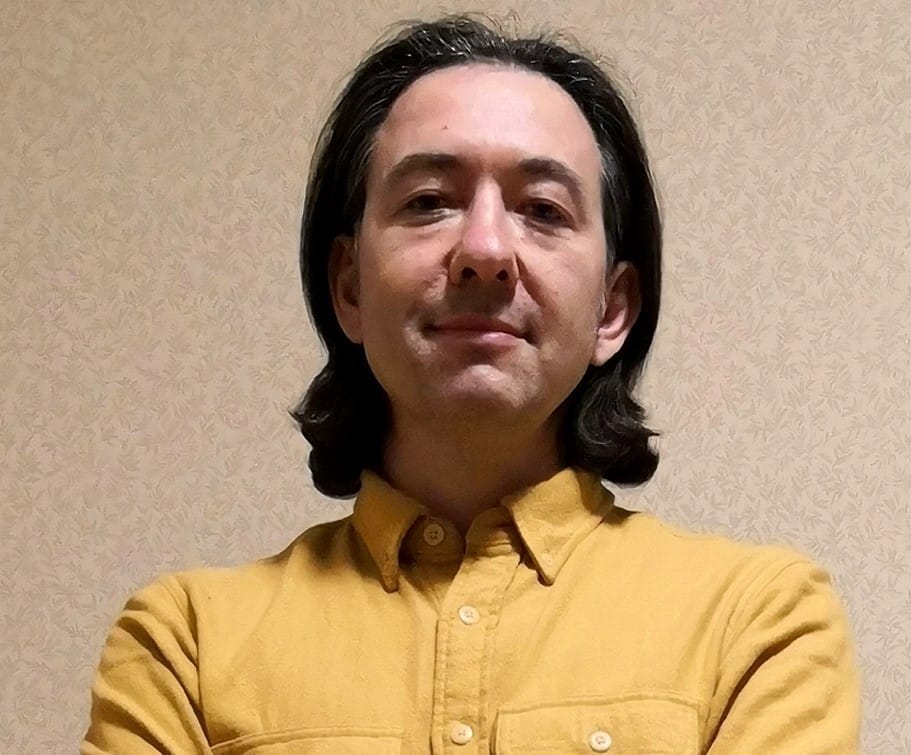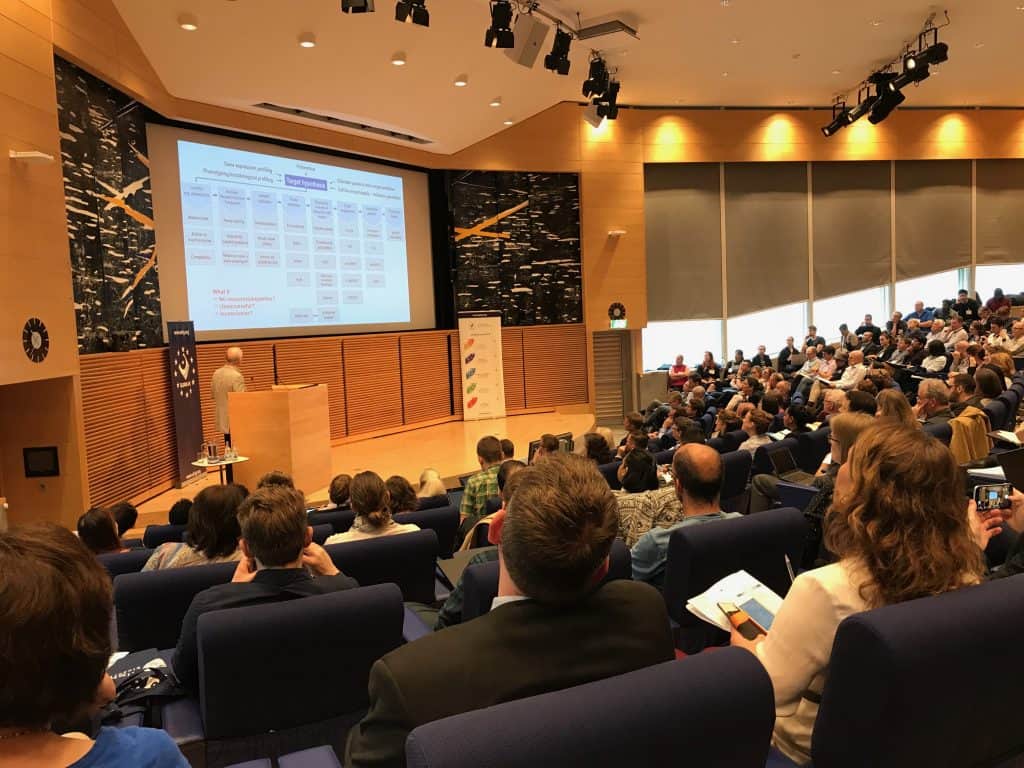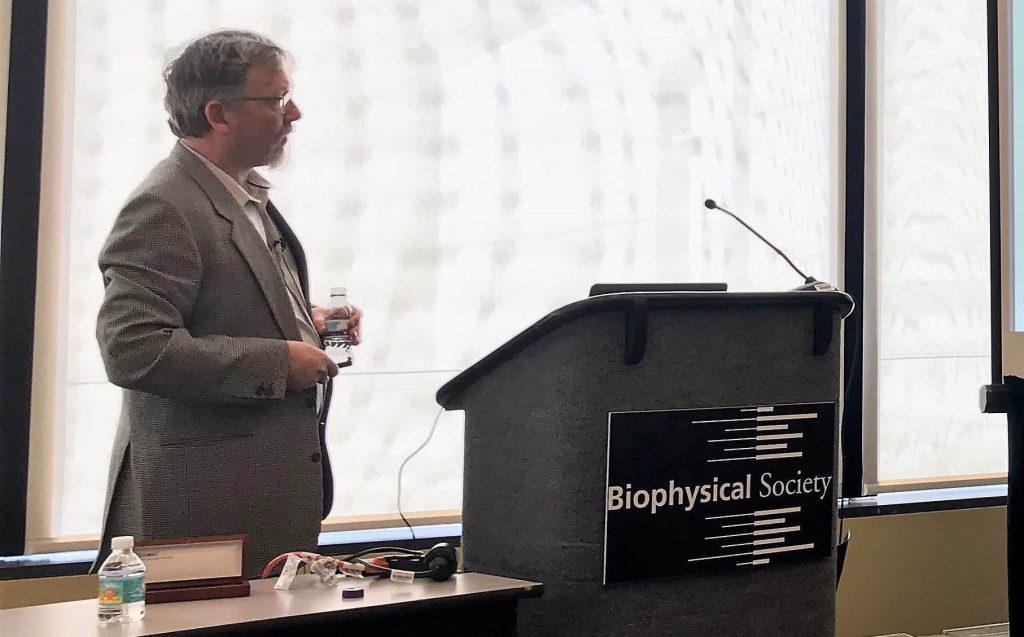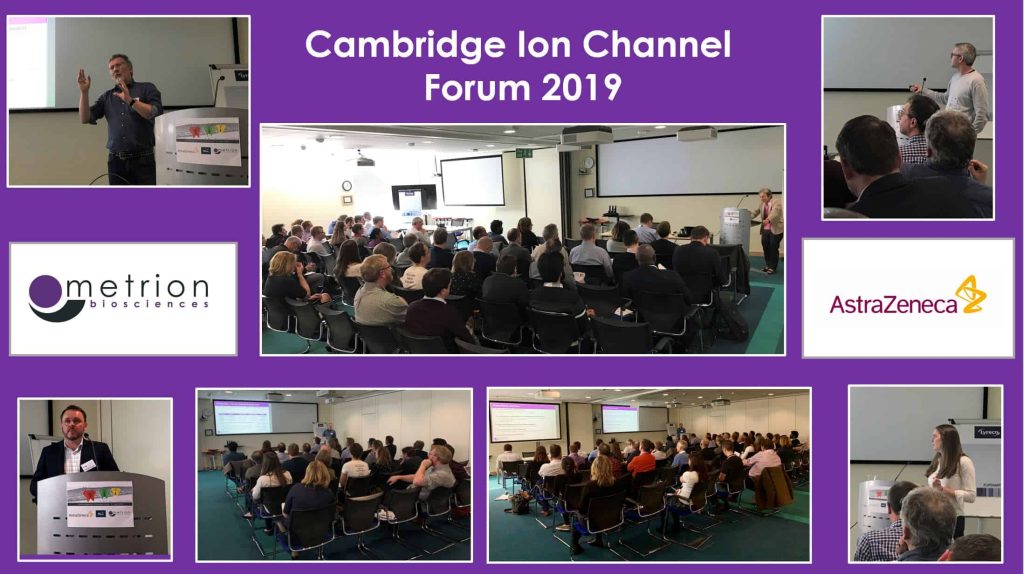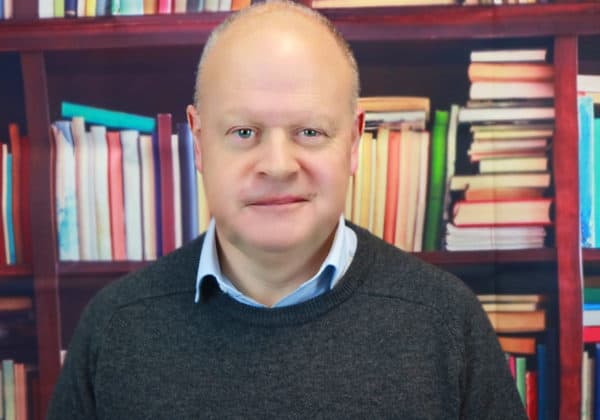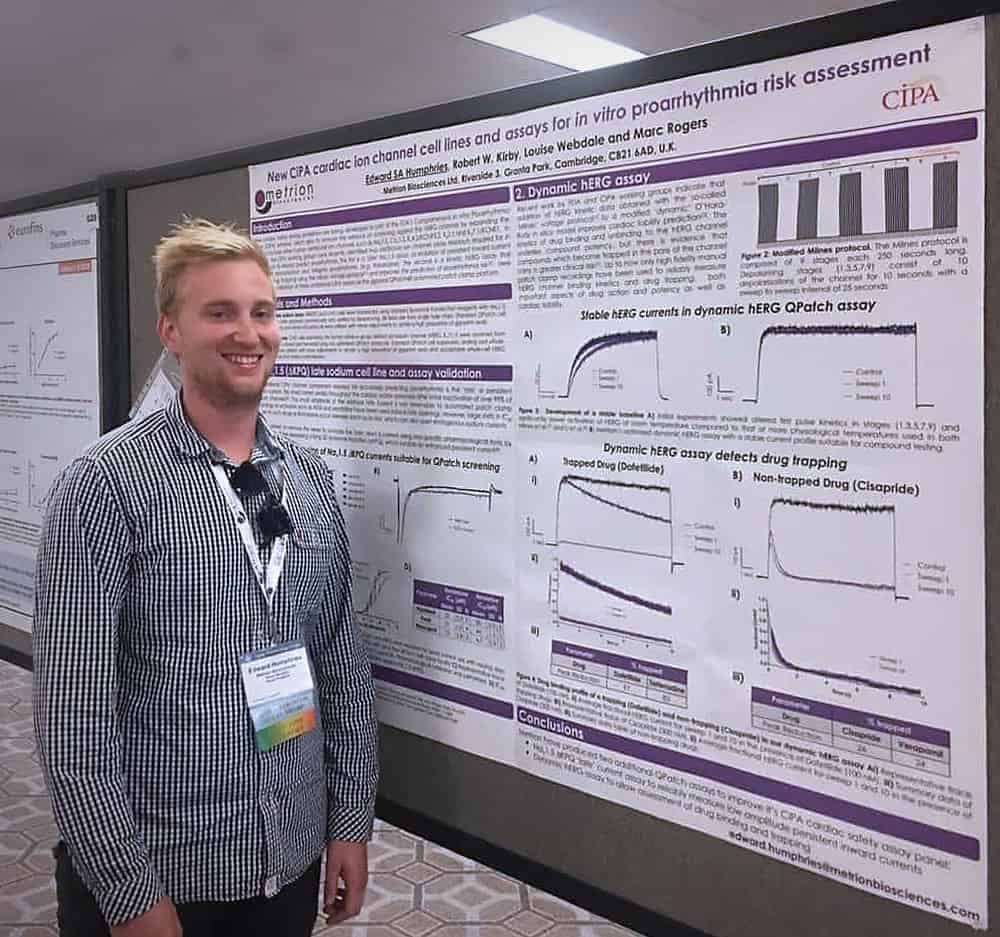Written by Andrew Southan PhD
During the second half of 2019 Metrion’s CEO Andy Southan spent three months on the Goldman Sachs 10,000 Small Businesses programme. In this blog he reflects on the aims and content of this initiative, plus the value he believes it will bring to Metrion Biosciences’ business.
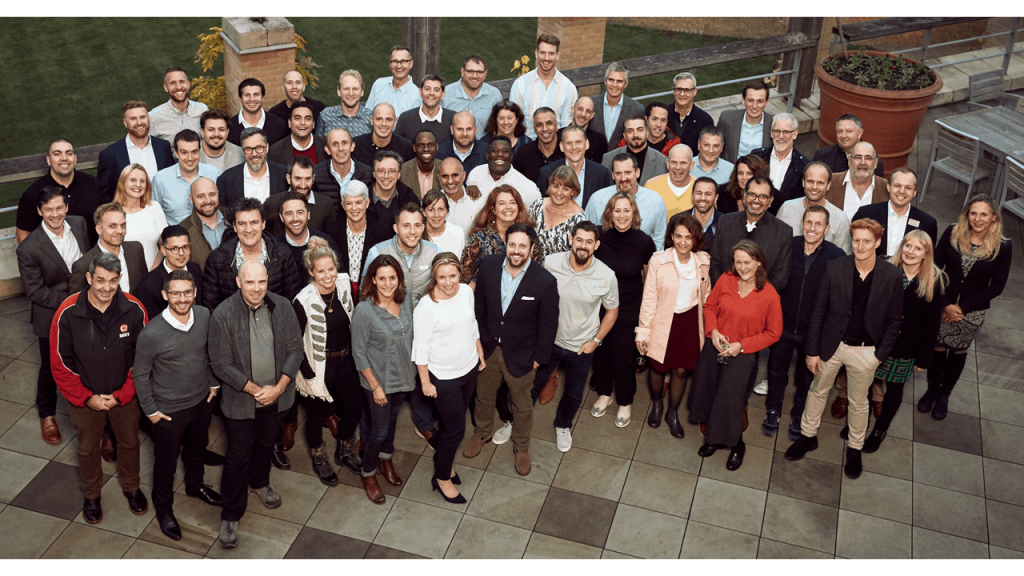
What is the 10,000 Small Businesses programme?
It is a programme launched by Goldman Sachs in 2011 to help accelerate the growth of small businesses by increasing their potential for job creation and enhancement of the UK economy. The intensive three-month course has been designed by business education experts and is run in partnership with leading UK universities and business schools.
The course content helps business leaders to analyse their company, to identify strengths and opportunities and then create an ambitious business plan for growth. The performance statistics for companies run by graduates of the programme are impressive, with UK participant companies consistently doubling revenue and creating 50% more jobs for their companies within two years of completion.
Furthermore, metrics such as revenue growth (16x), job growth (13x) and productivity (28% higher) are all significantly increased after course completion, when compared to similar UK small businesses in general.
As Metrion Biosciences’ CEO why did you apply?
I was initially encouraged to consider applying by Metrion’s Chairman Keith McCullagh. With Metrion Biosciences qualifying under Goldman Sachs criteria and operating in a highly competitive global marketplace, the timing was good to use the potential opportunity and use the time to take a close look at the business and establish the best opportunities to accelerate our growth; whilst continuing our focus on highly specialised, high quality ion channel drug discovery services. After successfully passing the application and interview process I joined the course in September 2019.
What did the course entail?
A mix of online resources, online meetings, three residential sessions, three personal study weeks, 1:1 sessions with a business mentor and regular discussions with other course attendees over a three month period. The course was very intensive and spread over nine distinct modules covering initial in-depth analysis of the business and customer needs, strategies to identify growth opportunities, branding and marketing, recruitment and employment law, leadership and building a team, funding opportunities, cash flow analysis, financial statements and metrics and internationalisation strategies.
I joined UK Cohort 11 (~70 participants), split into two sections for the residential sessions and also smaller ‘growth groups’ for detailed discussion, with a business mentor leading and advising each group. In my growth group our businesses specialities were extremely diverse – spanning a housing design and build company, a recruitment agency, a sports equipment supplier, an industrial tool supplier, an audio-visual technology and conferencing company and Metrion, an ion channel specialist drug discovery company. It was interesting that, although our companies had little in common in terms of speciality, we had many areas of shared experience and the support and insight from the group proved to be highly valuable as the course progressed.
Would you recommend the course to other small business leaders?
Absolutely, it was an extremely well run and highly professional course and an excellent opportunity to meet business professionals outside of my specialist field and gain a perspective from their experience. Tuition and residential session accommodation fees are all fully funded by Goldman Sachs and the Goldman Sachs Foundation and participation enables you to interact with world class business coaches and academics.
The residential teaching sessions, predominantly located at the Saïd Business School in Oxford, were intense, information rich and often challenge your preconceptions and potential for personal bias. The course does require a significant commitment, with a considerable amount of personal time required to complete the reading, thinking, work package submissions and to attend the webinars, growth group meetings and residential sessions. Participants also need to ensure they approach the course with an open mind and able to take on board constructive criticism. And don’t forget, the day job is still there to be done in parallel.
After completing the course what are Metrion’s plans for 2020?
The course gave me the opportunity to look at the last three years of our business and analyse the evolution of our customer segments and the territories we work in; also to examine the services we consider to be successful, services in low demand and new areas we should focus upon to achieve rapid growth, whilst maintaining our high quality standards and recognition as experts in ion channel drug discovery and safety profiling.
Some of the information assembled in the early stages of the course was already apparent to me and our management team beforehand, but it was good to compile the data set to back it up and to subsequently complete a formal business plan for the next three years, which was a requirement for successful completion of the course. Since formation in September 2015, Metrion Biosciences’ vision has been to become the leading provider of ion channel drug discovery research services and expertise to the worldwide pharmaceutical industry.
Our team has established firm foundations to help us meet this ambitious goal and by providing our clients with reliable, high quality services we will continue to build our company into a leading choice for companies outsourcing ion channel drug discovery and safety profiling. A number of new initiatives from the business plan have already been implemented and we have begun the process for other changes to our business that will be introduced as the year progresses.
Through the work of our team to date, and the new initiatives we have begun, we believe that Metrion is now very well placed to meet our goals and, importantly, to provide new job opportunities for the UK life sciences community and enhanced outsourcing choices for customer preclinical discovery research programmes.
Andrew Southan PhD
Andy has over 25 years’ experience in life science research, including 14 years in the CRO sector. In 1991 he received his PhD in Pharmacology from the University of London (UK), investigating the effects of anaesthetics and high pressure on CNS potassium channels.





